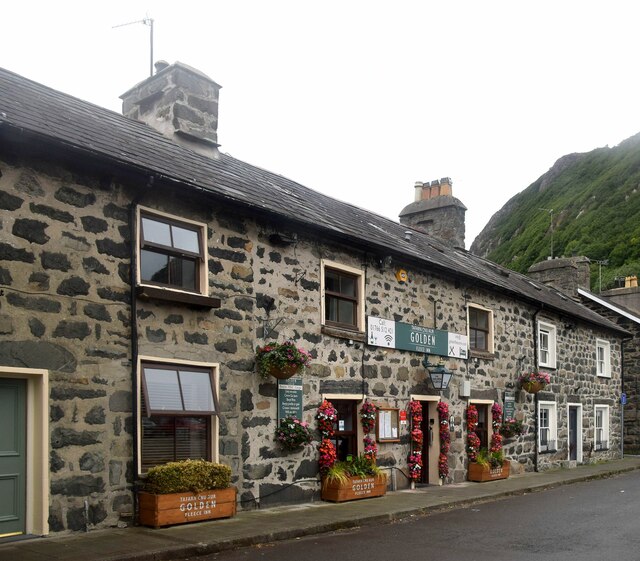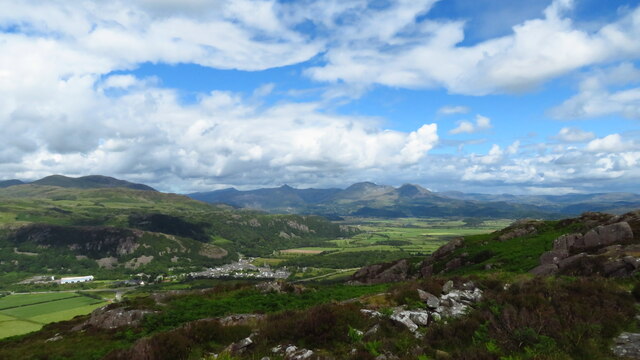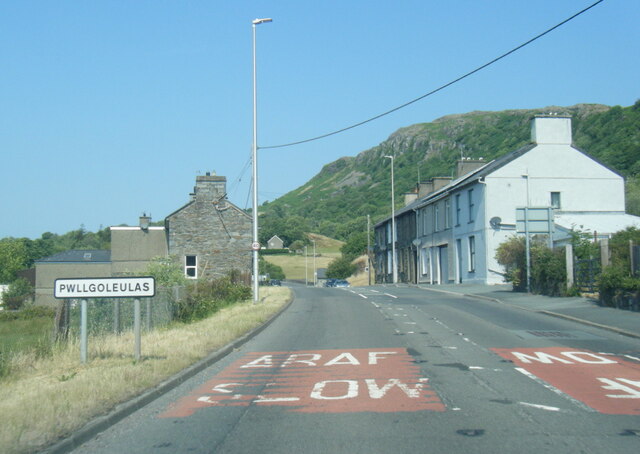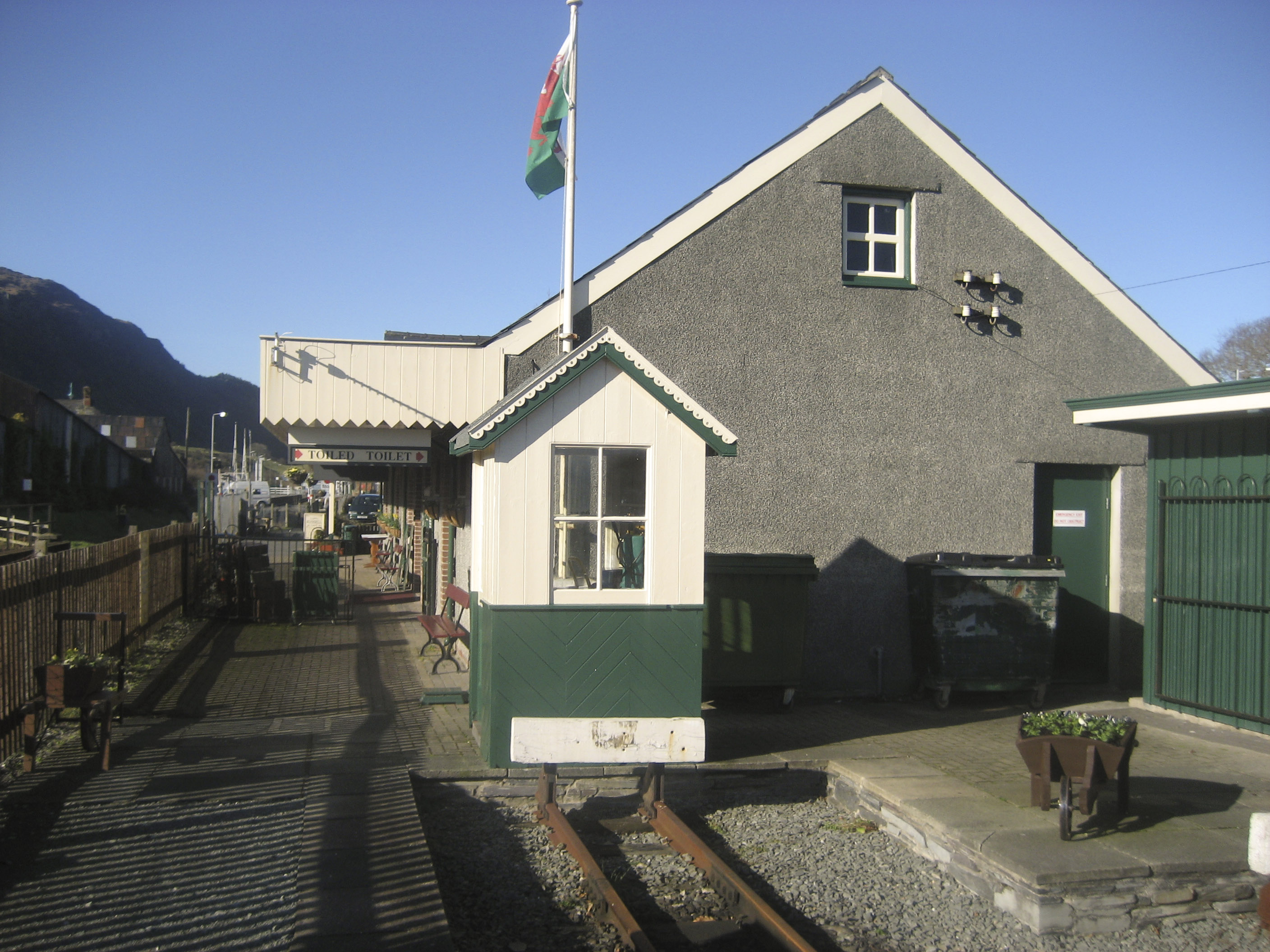Coed Tuhwnt-i'r-bwlch
Wood, Forest in Caernarfonshire
Wales
Coed Tuhwnt-i'r-bwlch
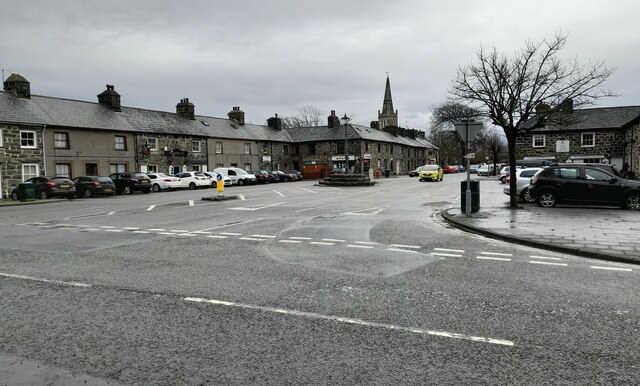
Coed Tuhwnt-i'r-bwlch, located in Caernarfonshire, is a picturesque woodland area known for its natural beauty and rich biodiversity. Covering an approximate area of [insert number] hectares, this ancient forest is situated just [insert distance] from the town of Caernarfon.
The woodland is characterized by a diverse range of tree species, including oak, birch, and ash, which create a dense and enchanting canopy. The forest floor is adorned with a variety of native wildflowers, ferns, and mosses, forming a lush and vibrant undergrowth.
Coed Tuhwnt-i'r-bwlch is home to numerous wildlife species, making it a haven for nature enthusiasts. It provides habitat for an array of bird species, such as the great spotted woodpecker, redstart, and pied flycatcher. The forest is also inhabited by mammals like badgers, foxes, and bats, as well as reptiles and amphibians like common lizards and frogs.
Visitors can explore the woodland through a network of well-maintained footpaths, allowing them to immerse themselves in the tranquil surroundings. The forest also offers picnic areas and viewpoints, providing opportunities for relaxation and appreciation of the stunning scenery.
Coed Tuhwnt-i'r-bwlch holds historical significance as well, with remnants of ancient settlements and burial mounds scattered throughout the area. These archaeological features contribute to the forest's cultural and archaeological value, attracting history enthusiasts and researchers.
Overall, Coed Tuhwnt-i'r-bwlch is a hidden gem of natural beauty, offering visitors a chance to escape the hustle and bustle of everyday life and experience the tranquility and splendor of a truly enchanting forest.
If you have any feedback on the listing, please let us know in the comments section below.
Coed Tuhwnt-i'r-bwlch Images
Images are sourced within 2km of 52.927799/-4.1437555 or Grid Reference SH5538. Thanks to Geograph Open Source API. All images are credited.
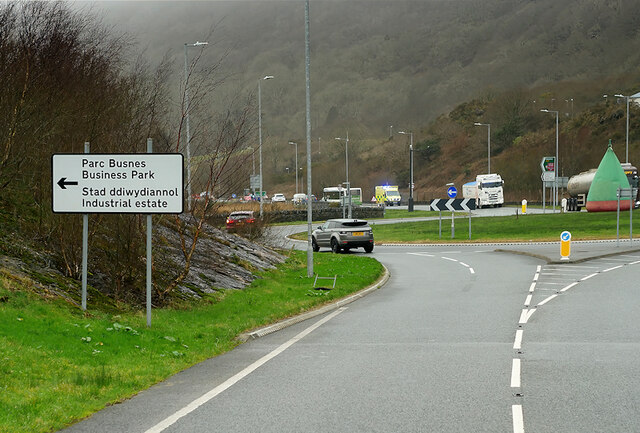
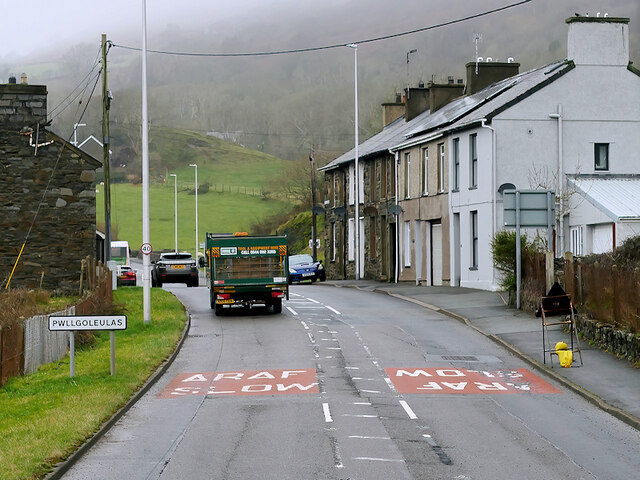
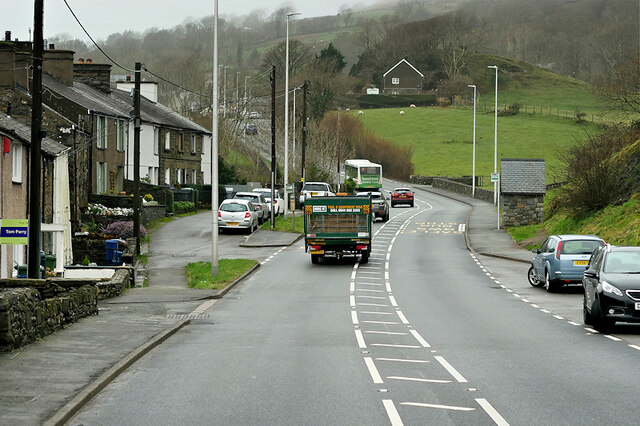
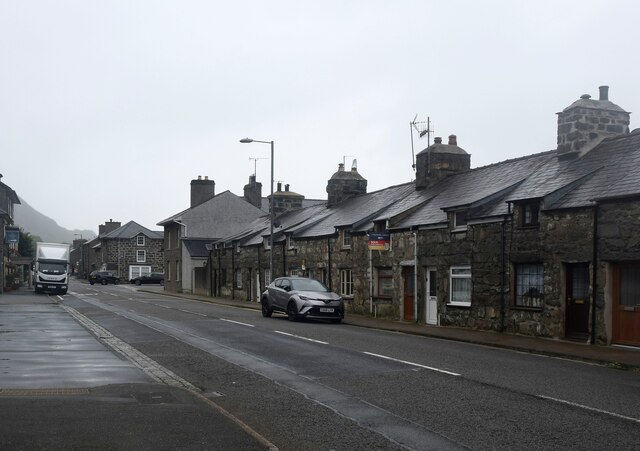
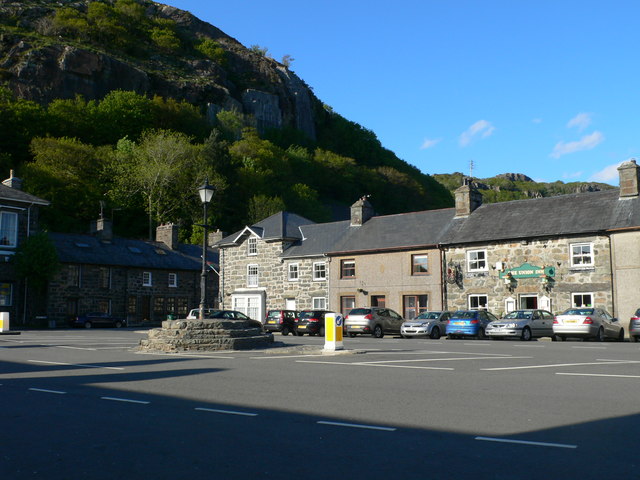



![Centre of Tremadog village At the centre of Tremadog the road widens into a square [Y Sgwar] with the Market Hall dominating the scene. Tremadog was built on reclaimed land by the Madocks family and was intended as a post town on the route from London to Dublin via a new port at Porth Dinllaen - a development that never happened. The Market Hall originally had open arches on the ground floor. These were infilled with ironwork designed by Clough Williams Ellis in the early 20thC, but in the 1970&#039;s there was a further change when the windows were added.](https://s2.geograph.org.uk/geophotos/05/57/25/5572582_e9ab0d3f.jpg)
Coed Tuhwnt-i'r-bwlch is located at Grid Ref: SH5538 (Lat: 52.927799, Lng: -4.1437555)
Unitary Authority: Gwynedd
Police Authority: North Wales
What 3 Words
///shrug.encloses.cassettes. Near Porthmadog, Gwynedd
Nearby Locations
Related Wikis
Porthmadog railway station
Porthmadog railway station serves the town of Porthmadog on the Llŷn Peninsula in Gwynedd, Wales. The station is on the Cambrian Coast Railway with passenger...
Portmadoc, Beddgelert and South Snowdon Railway
The Porthmadog, Beddgelert and South Snowdon Railway (PB&SSR) was a 1 ft 11+1⁄2 in (597 mm) narrow gauge railway intended to connect Porthmadog with the...
Porthmadog
Porthmadog (Welsh: [pɔrθˈmadɔɡ] ), originally Portmadoc until 1974 and locally as "Port", is a coastal town and community in the Eifionydd area of Gwynedd...
Porthmadog railway station (Welsh Highland Heritage Railway)
Porthmadog (WHHR) railway station is the southern terminus of the Welsh Highland Heritage Railway and serves the western end of the town of Porthmadog...
Nearby Amenities
Located within 500m of 52.927799,-4.1437555Have you been to Coed Tuhwnt-i'r-bwlch?
Leave your review of Coed Tuhwnt-i'r-bwlch below (or comments, questions and feedback).
